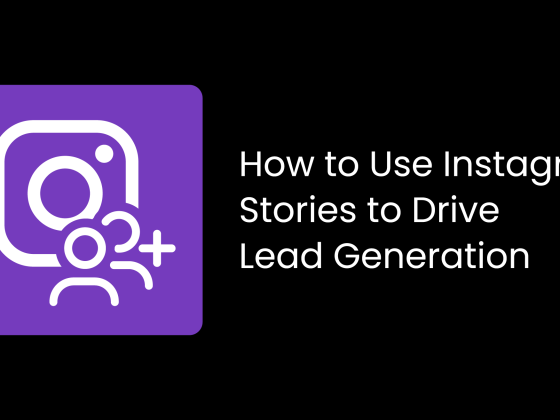Successful marketing revolves around sharing your product or service to customers through storytelling. Your story needs to resonate with your audience to create emotional buy-in. Case studies are an effective tactic for sharing your brand’s story through the problem-and-solution approach. Even better, a data-backed case study paints a more realistic, firsthand picture of a customer having used your brand’s product or solution or service to solve a business problem.
Case studies are under-leveraged, overlooked and undervalued, yet they’re one of the most effective tools for content marketing. A case study is more than just a testimonial. It’s an opportunity for your brand to showcase your experience, success and commitment to customer satisfaction. It positions your whole brand (not just one person who works for the company) as a thought-leader.
A successful case study will resonate with your audience to build trust, establish credibility and increase sales. For a case study to be effective in closing leads, however, it needs to be nourished through multiple communications channels and sales functions. Here are a few methods and channels you can use to amplify your case studies:
- In media, to garner coverage – Media outlets prefer to diversify their content with more than just press releases. Pitching a case study to the media is an excellent opportunity to share your story with a wide range of audiences. Pay attention to the types of content each publication includes both online and in print to understand how your case study might fit within the types of stories they are covering.
- On social media – A case study should be shared on social media with images and small snippets of teaser content to highlight the project. Include a link to the case study’s landing page, and consider capturing leads behind a lead wall for those interested in learning about the project and potentially working with you in the future.
- On your website – While adding your case study to your website might sound like a given, it’s overlooked by many companies. Add a specific page to your website for case studies. Structure the case study to include a brief project scope, a project overview, high-resolution images to showcase your brand and a call to action.
- Within newsletters – A newsletter is a great tool for keeping your brand top of mind. Including links to your case studies in external-facing newsletters can nurture leads, reactivating opportunities that have gone cold or reminding previous customers of your quality products or services.
- For inside/outside sales – Sales professionals are always looking for new, innovative ways to provide value to clients. A case study is a data-driven tool that highlights how other companies had success using your brand or service. A case study might just be the final piece to closing a sale.
- In other content or collateral – A case study gives your brand some bragging rights. Maximize the full potential of a case study by utilizing your customers’ quotes in other collateral — such as brochures, trade-show graphics, website banners, social media ads and more. Again, consider adding a lead-generation gate to your case study or other online content as an effective way to garner leads.
Simply creating and publishing a case study anywhere and everywhere isn’t enough. To maximize the potential of a case study, your brand should utilize the strategies above — in addition to strategizing and content planning within your full marketing plan.
If you’re looking for additional help on developing your case studies, rAVe [STORYTELLING] has proven strategies for developing in-depth, data-driven case studies for your audience.




